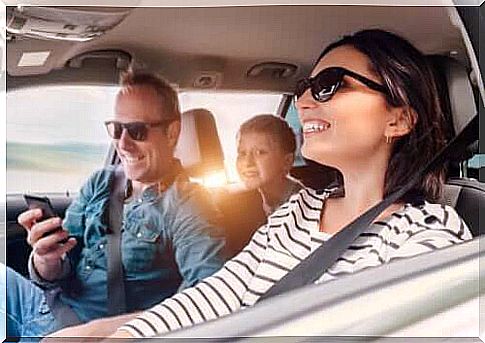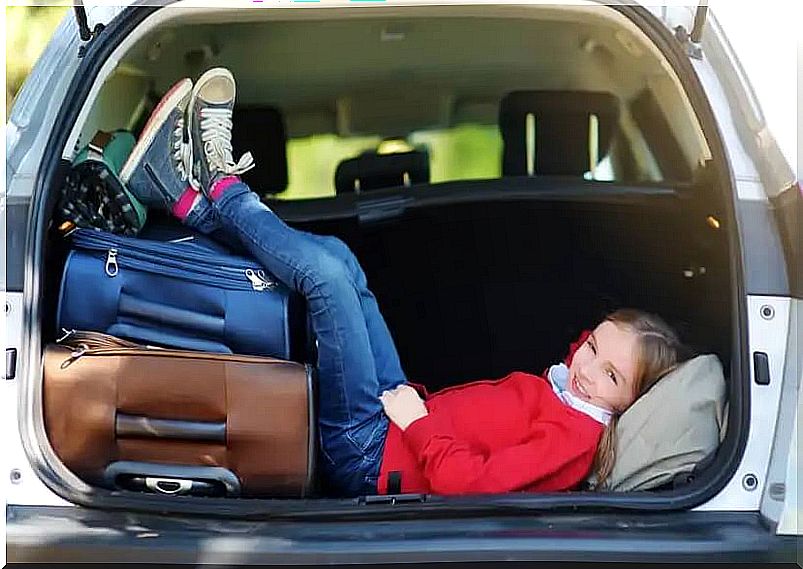Recommendations For Long Road Trips

Do long journeys on the road catch your attention? Contrary to what some people believe, it’s not necessary for land travel at the wheel to become a burden. This alternative is full of advantages, and the main one is that you control everything from before you leave home.
No matter the distance, driving is cheaper and expands the possibilities of discovering different routes. While it’s appropriate to come out with a plan, you can improvise if an inconvenience arises or if you simply enjoy traveling that way.
Other advantages of tourism when traveling driving are the possibility of carrying all the luggage you want, avoiding lines at terminals or airports, not having restricted stops, enjoying the landscapes and having more freedom.
Tips for taking a long road trip
To make long road trips enjoyable, keep the following considerations in mind.
1. Plan the route
When you plan ahead, you lessen the chances that something will go wrong. Once you’ve chosen your destination, check the distances and stops needed to establish a route.
Include notes such as the state of the roads you will be driving, available gas stations, hotels and restaurants.
2. Keep up with the laws
Use some traffic safety application as support. These are useful programs with digital maps, information about traffic regulations and laws. Some even have translators.
The good thing is that you just download it on a smartphone or tablet to get this assistance.
3. Inspect the vehicle
Make sure the tires are in perfect condition (always take a step), check the oil level, schedule a visit to the mechanic in advance to examine the engine and brakes. It’s also important to pay attention to lights and windshield wipers.
Just like a first aid kit, on long journeys on the road there should be a toolbox for changing tires, a position triangle, a fire extinguisher, a reflector vest, a flashlight, a hydraulic jack and everything else you need. to drive safely.

4. Count on a copilot
Of course, you can take long trips on your own, but it’s worth having a steering wheel replacement when you need it. By taking turns, both are able to rest and can drive with more concentration.
5. Prepare and advise of your departure
Pay attention to this point! To avoid shoplifting at home, don’t tell everyone you’re going on a trip. It will be enough to let someone close by who can check your house, take care of your pet and pick up the mail.
Notify this person of your departure and, before leaving, if there is any specific instruction, inform this person so that you don’t have to be distracted by calls on the way.
6. Have the essentials at hand
There are several exceptions that we make with luggage, but it is not good to take up so much space in the vehicle. What can’t be missed for anything are medicines, food, hygiene items and appropriate clothing according to the weather.
7. Don’t travel without resting
Long and demanding journeys should not be taken without a rest. This recommendation applies to both pilot and co-pilot. Sleep at least 8 hours the night before, so that the physical fatigue doesn’t weigh so much and you are able to react to something unforeseen.
If you are traveling in a group, the other passengers in the car are tasked with helping to minimize stress.
8. Take breaks while covering a certain stretch
The route becomes more bearable if approached in stretches. A publication by the European Automobile Commission states that fatigue for many consecutive hours produces drowsiness, alters the perception of the environment, worsens psychomotor coordination, alters behavior and affects responsiveness, which can cause an accident.
9. Take chargers and cell phones
Don’t use your cell phone on the way. Choose to use it only in emergencies, for example to communicate with a mechanic or trailer. Whenever you need to call or send a text message, park your car.
Tips for the driver on long journeys on the road
As repetitive as it may seem, the importance of rest is fundamental for the driver. Take advantage of stops to stretch your legs and relax your muscles every 2-3 hours.
In addition, it is recommended to hydrate well before starting the journey and throughout the journey. Other suggestions are as follows:
- Be sure to bring your car documents, insurance policy and your personal documents.
- Consider alternative routes if you need them.
- Avoid night trips or at times when the heat is intense.
- Do not consume alcoholic beverages, as everyone knows they pose a danger to you and others on the road.
- If you take any medication, even with a prescription, you should be aware of the side effects.
- Wear light clothing and comfortable shoes, without heels or stiff soles, as they make it difficult to brake urgently.
- Try to eat light, otherwise you may have heavy digestion.
- Distribute the luggage in a way that does not interfere with the car’s dynamic behavior. Also, don’t leave things loose in the back, as they can cause damage in the event of an accident.

The secret to taking long road trips is prevention
Emotion and adventure are part of what you experience during long journeys on the road. Don’t let it slow you down for lack of prevention. Take a few minutes to create a basic script.
With all these recommendations in mind, remember that safety is the most important thing to have a peaceful vacation.
Now you know the tips to get to your destination well. All that’s left is to pack your bags and make the experience unforgettable.









